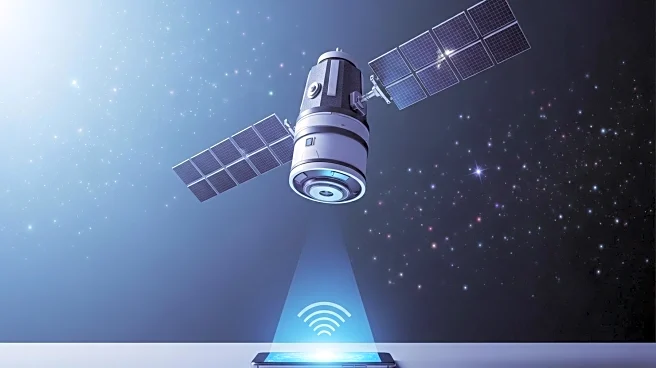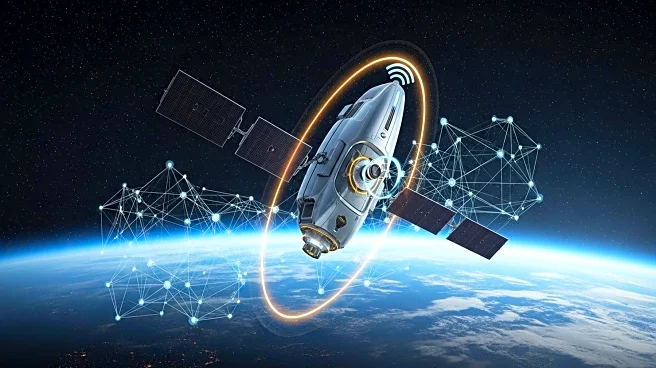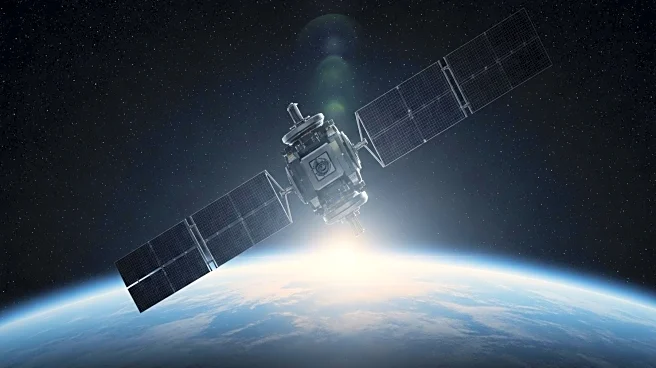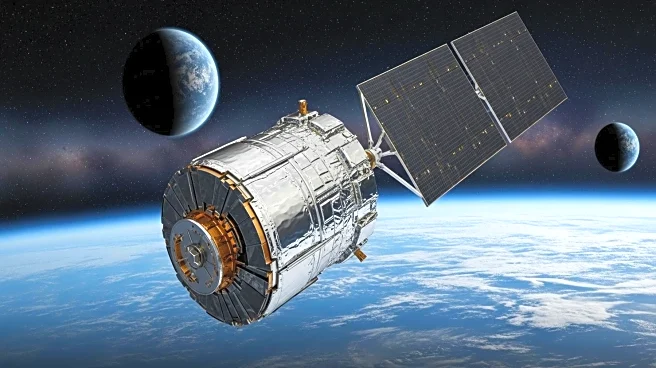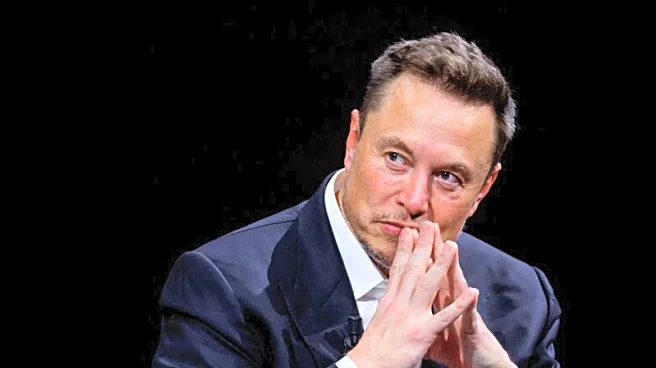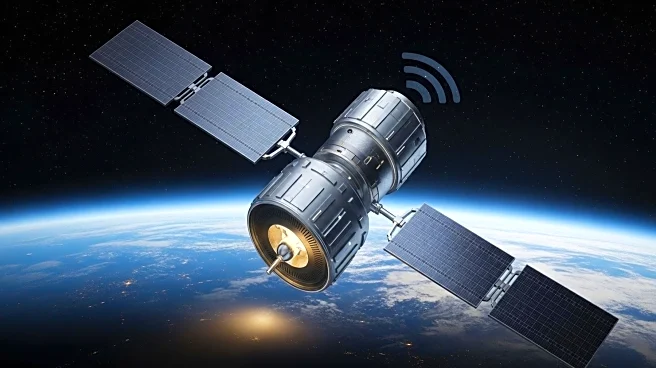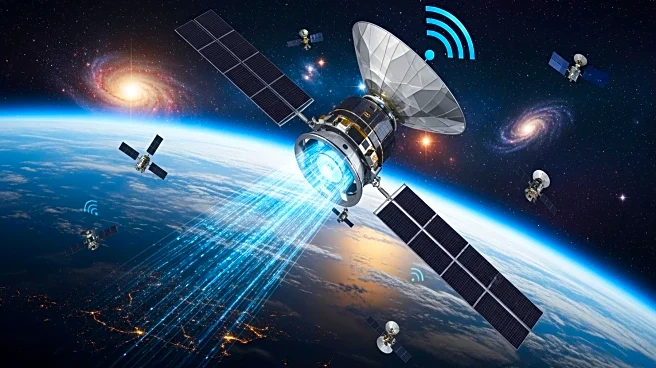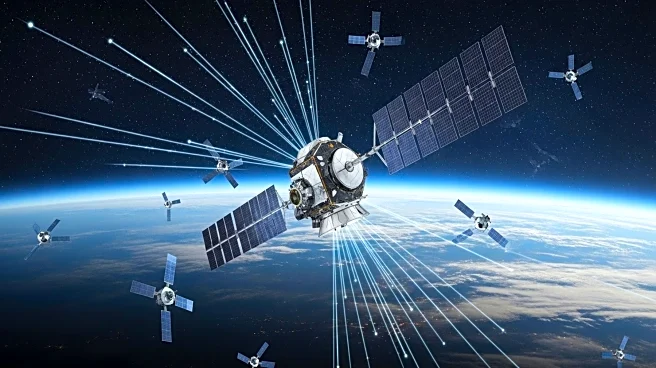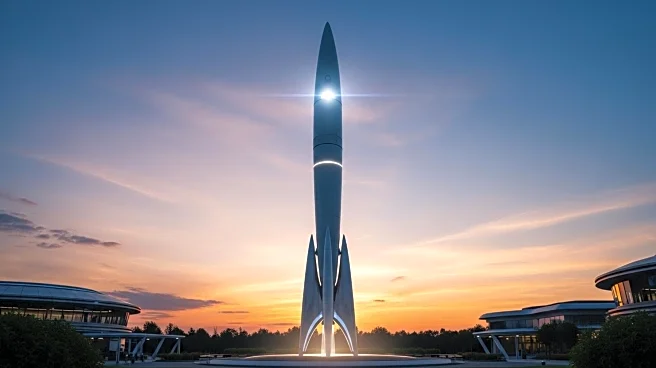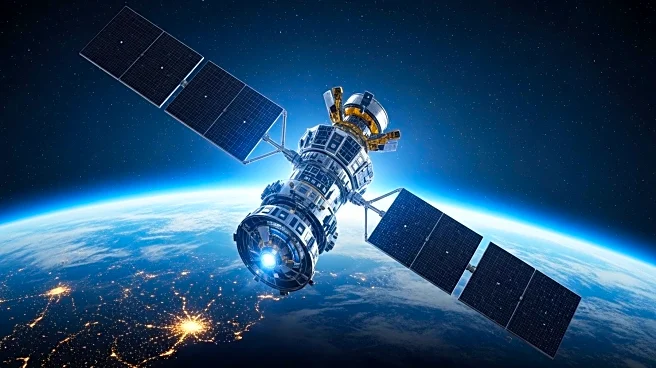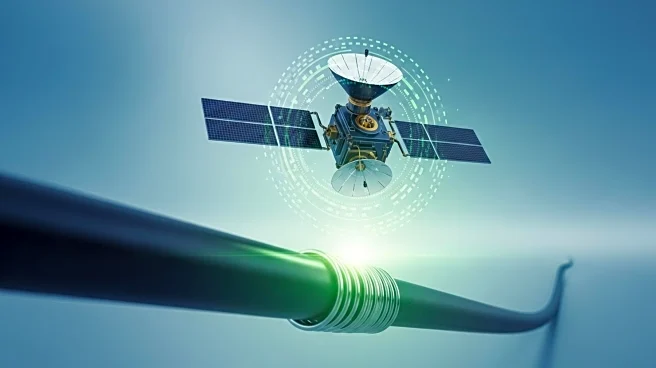What's Happening?
SpaceX, led by Elon Musk, has finalized a $17 billion deal to acquire wireless spectrum licenses from EchoStar. This acquisition includes 50 MHz of wireless spectrum and mobile satellite service spectrum licenses, which will be utilized in SpaceX's Starlink satellite network. The deal involves $8.5 billion in cash and $8.5 billion in SpaceX stock. SpaceX plans to use this spectrum to develop its 'Direct to Cell' constellation, aiming to provide broadband-speed internet access to mobile phones globally. The Federal Communications Commission (FCC) had previously approved SpaceX's plans to offer a direct-to-phone version of its Starlink service, with T-Mobile as a provider. This acquisition allows SpaceX greater operational freedom, reducing dependency on other network providers.
Why It's Important?
The acquisition of EchoStar's spectrum is a significant step for SpaceX in expanding its Starlink satellite internet service. By enhancing its direct-to-cell capabilities, SpaceX can offer improved internet access in remote areas, potentially reducing wireless dead zones. This development is particularly beneficial for T-Mobile customers, who will gain access to a hybrid network combining terrestrial 5G and enhanced satellite capabilities. The deal also impacts EchoStar, as it resolves an FCC inquiry into its spectrum utilization and ends its ambitions to build a direct-to-device satellite constellation. The transaction underscores the competitive dynamics in the telecommunications industry, with SpaceX positioning itself as a key player in satellite internet services.
What's Next?
Following the acquisition, SpaceX plans to deploy upgraded satellites with significantly increased capacity. The deal also includes a long-term commercial agreement with EchoStar, allowing Boost Mobile subscribers to access SpaceX's next-generation Starlink Direct to Cell service. The FCC investigation into EchoStar is expected to be resolved, paving the way for regulatory approval of the spectrum acquisition. If successful, this could lead to a transformation in wireless coverage, potentially eliminating dead zones and enhancing connectivity for mobile users.
